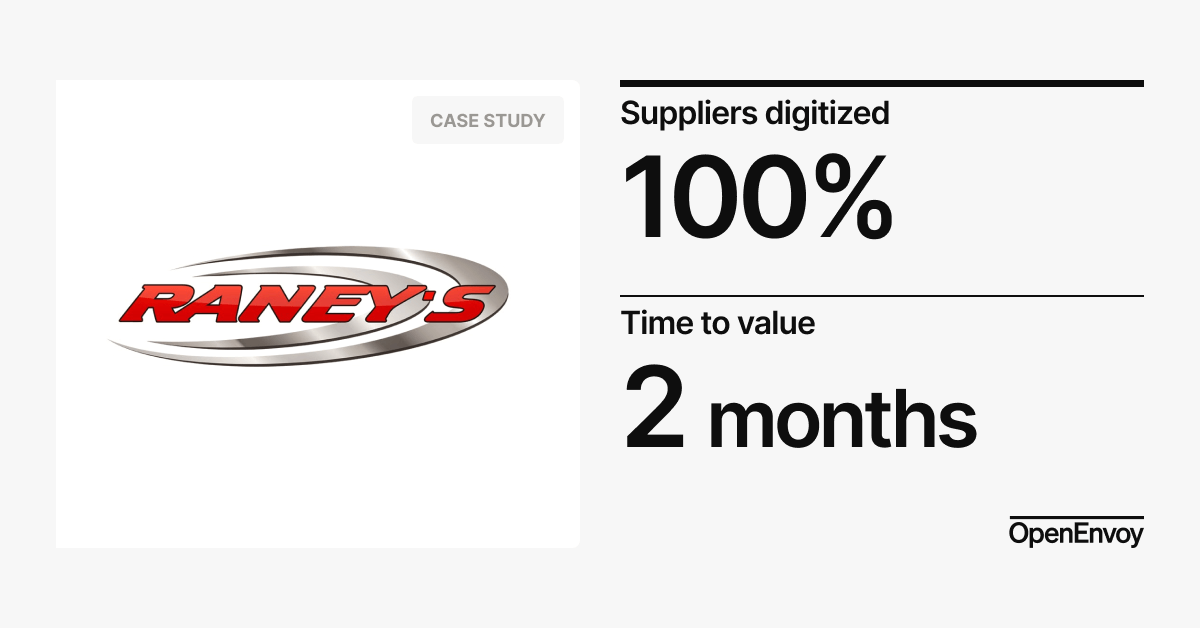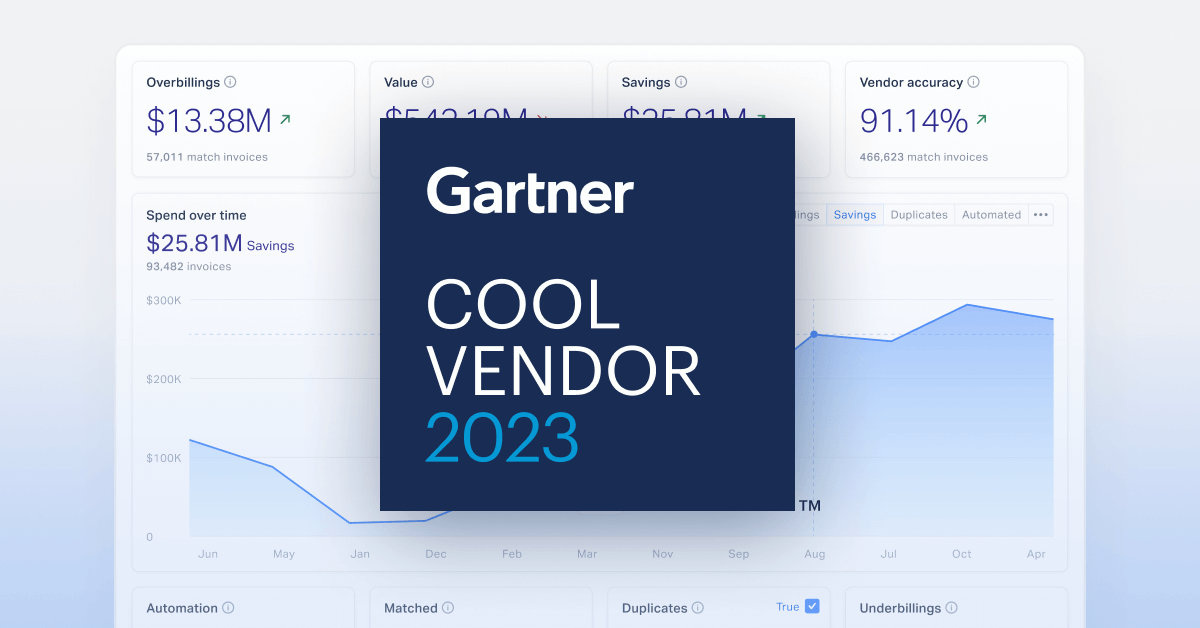< Back to E-Invoicing Overview
Norway has been at the forefront of digital invoicing adoption, establishing a comprehensive framework that ensures both public and private sector entities transition toward fully automated financial processes. The country mandates e-invoicing for all government transactions and strongly encourages its use in B2B transactions to streamline operations and reduce tax fraud.
As part of its commitment to digitalization, Norway has integrated e-invoicing with its national tax reporting system, allowing for greater transparency and efficiency in financial transactions. The adoption of Peppol as the standard framework has further facilitated international invoicing, making it easier for businesses to engage in cross-border trade.
Regulatory authority
The Norwegian Digitalisation Agency (DigDir) oversees the implementation of e-invoicing regulations, ensuring compliance with national and EU standards.
E-invoicing requirements
Since April 2019, all public sector entities in Norway must receive and process electronic invoices. Government suppliers are required to issue e-invoices in compliance with Peppol standards. While B2B e-invoicing is not legally required, many Norwegian businesses have adopted it voluntarily to improve efficiency and compliance with VAT regulations.
Accepted invoice formats
Invoices must be issued in EHF (Elektronisk Handelsformat) XML or Peppol BIS format, aligning with EU standards and Norwegian digital infrastructure.
Transmission channels
Invoices must be submitted through the ELMA (Elektronisk Mottaker Adresseregister), Norway’s central e-invoicing directory, or through Peppol for international transactions.
Digital signatures
Digital signatures are not mandatory but are commonly used to enhance document security and authenticity.
Archiving requirements
Electronic invoices must be archived for five years, ensuring compliance with Norwegian tax regulations.
How B2B e-invoicing works in Norway
Businesses generate invoices in EHF XML or Peppol BIS format and submit them via Peppol-certified access points. While e-invoicing is not mandated for B2B transactions, businesses benefit from increased automation and reduced processing costs.
How B2G e-invoicing works in Norway
Invoices must be issued through ELMA, validated by public authorities, and archived for five years. Peppol is widely used for government transactions, ensuring standardized compliance across all entities.


